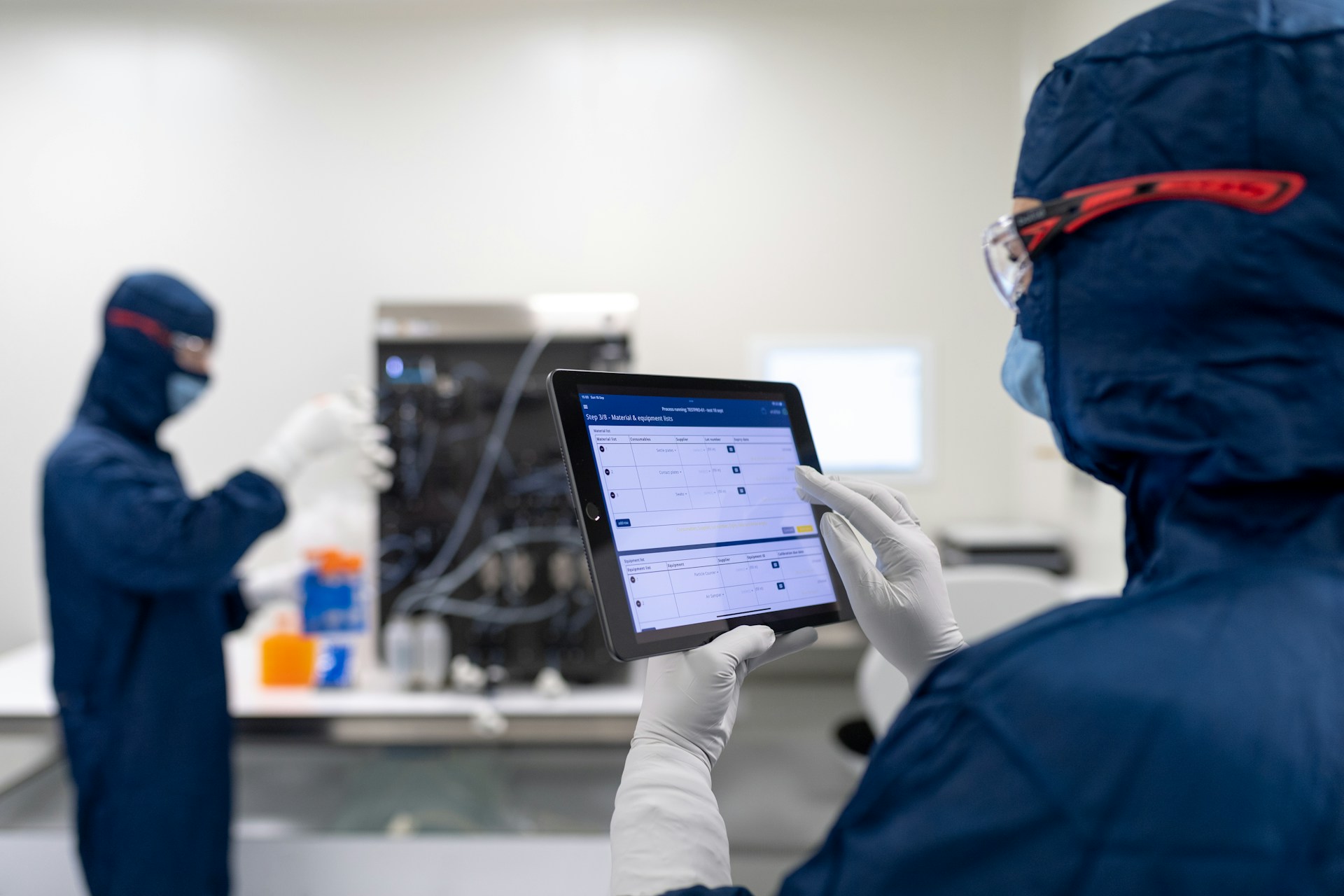
Modern medicine continues to evolve rapidly, and staying current with the latest medical devices is crucial for healthcare professionals seeking to deliver the highest quality care. These tools are no longer luxuries—they’re necessary for accurate diagnoses, timely treatments, and efficient workflows. From handheld diagnostic tools to AI-powered devices, innovations in medical technology are transforming the delivery of care in every setting.
Why Every Medical Professional Needs the Latest Devices
Gone are the days when a stethoscope and a thermometer were enough for a complete examination. Today, the speed and accuracy demanded in patient care require smarter, faster, and more connected tools. Advanced medical devices help professionals detect problems early, streamline treatments, and minimize errors.
Whether you’re working in an emergency room, a small clinic, or a specialty practice, having the right tools can save lives. These devices don’t just make your job easier—they make your care more effective. And with rising patient expectations and increasing workloads, modern tools are becoming the backbone of efficient healthcare.
Portable Ultrasound: Imaging at the Point of Care
Portable ultrasound machines have revolutionized diagnostic imaging. No longer confined to radiology departments, these devices allow bedside assessments in emergency rooms, ICUs, and even ambulances. They help visualize organs, monitor fluid levels, and guide procedures such as central line insertions.
Compact and powerful, modern handheld ultrasounds offer precise imaging without bulky equipment. They connect wirelessly to tablets or smartphones, making diagnostics faster and more accessible. For rural and mobile clinics, this device can be a literal game changer.
With the global healthcare system emphasizing decentralization and quick response times, portable ultrasound ranks high on the list of must-have medical devices for any clinician.
AI-Powered Diagnostic Tools: Smarter Decisions in Seconds
Artificial intelligence is no longer science fiction—it’s part of everyday medical practice. AI-driven diagnostic devices assist physicians by analyzing patient data in real time and suggesting probable diagnoses. These tools reduce the likelihood of human error, expedite clinical decisions, and enhance patient outcomes.
For example, devices utilizing machine learning can scan thousands of dermatological images to detect skin cancers more quickly than the human eye. Others interpret EKGs, analyze blood samples, or even review imaging scans to highlight abnormalities.
By integrating AI into your diagnostic toolkit, you make more confident decisions, especially when time is critical. As hospitals and clinics adopt digital health systems, AI-powered medical devices will become as routine as blood pressure monitors.
Smart Wearables: Continuous Monitoring with Real Impact
Fitness Wearable devices are not just for fitness enthusiasts—they are powerful tools for healthcare professionals. Devices such as bright ECG patches, glucose monitors, and remote cardiac monitors enable continuous patient observation without the need for hospital stays. This is especially valuable for managing chronic conditions such as diabetes, heart failure, or sleep apnea.
Clinicians benefit from real-time data that can alert them to changes before they become emergencies. Patients feel more in control and engaged with their care. Wearables reduce hospital readmissions and enable proactive adjustments to treatment.
This continuous stream of data improves long-term outcomes and saves time for busy medical teams. Incorporating wearable medical devices into patient management plans enhances care outside the clinic walls.
Digital Stethoscopes: Reinventing a Classic Tool
The stethoscope has undergone significant evolution since its invention in the 19th century. Today’s digital versions offer enhanced sound quality, noise cancellation, and the ability to record and share heart and lung sounds. This leads to more accurate assessments and better collaboration between providers.
Digital stethoscopes can be synced with apps that analyze waveforms and detect murmurs or abnormalities that the human ear might miss. They’re invaluable in noisy environments, such as emergency departments or busy clinics.
Using a digital stethoscope also allows physicians to educate patients by playing back their heartbeat or breathing sounds, improving understanding and compliance.
Automated Medication Dispensers: Streamlining Treatment at Home and Beyond
In both clinical and home settings, medication errors can have serious consequences. Automated medication dispensers offer timed, pre-measured doses to ensure safety and adherence. These smart medical devices are especially beneficial for elderly patients or those with complex medication regimens.
For healthcare providers, this reduces the time spent on manual distribution and lowers the risk of missed or double doses. Some devices are equipped with alarms, reminders, and monitoring systems that alert caregivers or physicians when medications are not taken as prescribed.
This level of automation supports better health outcomes and provides patients with greater independence, while also easing the workload on nursing staff.
How These Devices Are Redefining Medical Practice
It’s clear that modern medical devices are not just enhancements—they’re essentials. They empower professionals with speed, accuracy, and efficiency. By integrating them into daily practice, clinicians provide more effective care and strengthen the doctor-patient relationship.
These tools also reflect the shift toward personalized medicine. With real-time data and AI support, treatments can be tailored to individual patients, resulting in improved outcomes and reduced complications.
Moreover, medical technology fosters interdisciplinary collaboration. Surgeons, primary care doctors, nurses, and specialists can all share data and insights across platforms, ensuring cohesive care plans and faster response times.
Embracing Technology to Stay Ahead
Every healthcare professional should recognize the value of continuous learning and adaptation. Embracing new medical devices isn’t just about keeping up with trends—it’s about meeting today’s medical demands and preparing for the future.
Training and familiarity with new devices are key. Investing time in learning how to use these tools effectively boosts confidence and improves workflow. More importantly, it leads to better results for your patients.
As technology continues to evolve, so should your toolkit. The next breakthrough device could be the one that helps you catch a diagnosis sooner, monitor a patient more safely, or save a life in a critical moment.